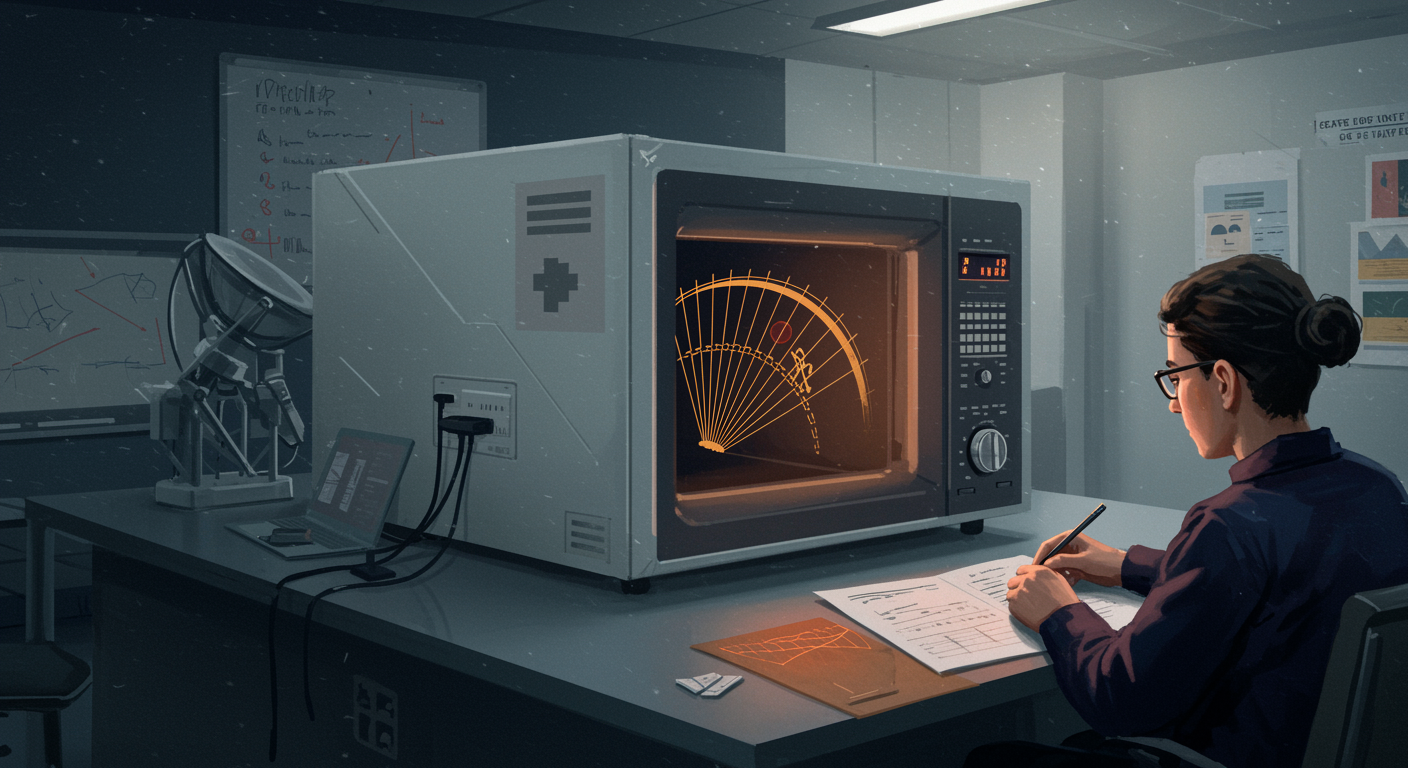
Most of the tools and appliances that populate our homes and workplaces today are the result of deliberate design, years of research, and iterative development. However, some of the most pervasive inventions stem from moments of pure serendipity, a curious observation that transforms into a monumental discovery. Such is the origin story of one of the most ubiquitous kitchen appliances of the modern era: the microwave oven. It wasn’t born in a culinary lab, but in a research facility dedicated to wartime radar technology, from the sharp eyes of an engineer with an uncommon ability to connect disparate phenomena.
Consider the simple act of heating a leftover meal or popping a bag of corn. This everyday convenience, now taken for granted, owes its existence to a melted chocolate bar and the keen mind of Percy Spencer. His story is a testament to the power of observation and the unexpected pathways of innovation, illustrating how foundational scientific work can inadvertently spawn entirely new industries and reshape daily life.
Percy Spencer was not formally educated beyond grade school, but he possessed an extraordinary intellect and an insatiable curiosity for how things worked. By the 1940s, he had become a leading expert in radar tube design at Raytheon Corporation. During World War II, Raytheon was a primary manufacturer of magnetrons, powerful vacuum tubes essential for generating the microwaves used in radar systems. These systems were critical for detecting enemy aircraft and ships, and Spencer’s work involved refining these magnetrons, making them more efficient and reliable.
One day in 1945, while working on an active radar set, Spencer noticed a peculiar sensation. The candy bar in his pocket, perhaps a treat for a break, began to melt. This wasn’t a warm room or direct heat causing the change; it was something emanating from the equipment itself. Where many might have dismissed this as a fluke or a minor inconvenience, Spencer’s mind immediately began to connect the dots. He understood the invisible energy being produced by the magnetron and hypothesized that these high-frequency radio waves were interacting with the food molecules.
To test his theory, Spencer deliberately placed a bag of popcorn kernels near the magnetron. Within moments, the kernels began to pop, scattering across the lab floor. He followed this with an egg, which, true to the dramatic nature of early experiments, promptly exploded due to the rapid internal heating. These informal experiments confirmed his suspicion: the microwaves generated by the magnetron could heat food rapidly and efficiently from the inside out. This phenomenon, where electromagnetic energy excites water molecules and causes them to vibrate rapidly, generating heat through friction, is known as dielectric heating.
Spencer’s accidental discovery sparked a new direction for Raytheon’s engineers. They soon began experimenting with containing these microwaves in a metal box, which would reflect the waves and focus their energy onto the food. This led to the development of the first commercial microwave oven, the “Radarange,” introduced in 1947. This early model was far from the sleek countertop appliances we know today. It stood nearly 6 feet tall, weighed over 750 pounds, and cost upwards of $5,000—a princely sum at the time, equivalent to tens of thousands of dollars today. Consequently, its initial market was limited to industrial kitchens, restaurants, and passenger ships.
The journey from a monstrous industrial cooker to a common household item was gradual, spanning decades. Continued research and engineering advancements led to smaller, more affordable, and safer designs. The introduction of more compact and consumer-friendly models in the 1960s and 70s, coupled with falling prices, slowly ushered the microwave oven into homes across the globe. It revolutionized cooking habits, offering unprecedented speed and convenience, a testament to the transformative power of applied technology.
The microwave oven’s genesis serves as a compelling reminder that significant advancements often emerge from unexpected quarters. It highlights the importance of fostering environments where curiosity is encouraged, and where seemingly minor observations are not overlooked. Percy Spencer’s story is a powerful illustration of how scientific principles, developed for one purpose, can be re-imagined and repurposed to create entirely new forms of convenience and progress. As we continue to push the boundaries of digital frontiers and explore new avenues in areas like AI and computer science, the narrative of the melted candy bar encourages us to remain observant, to question the unusual, and to recognize that the next great innovation might be just around the corner, waiting for a curious mind to notice it.